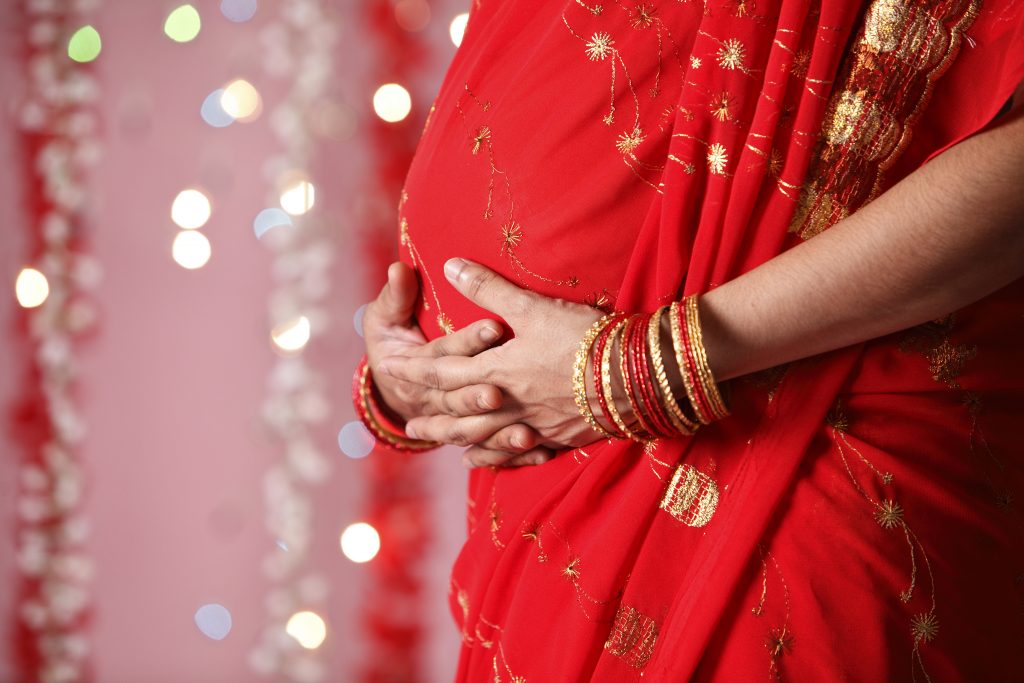
As COVID-19 continues to affect millions around the world, countries have rushed to respond to the crisis. From declaring a state of emergency to increasing humanitarian aid funding, all types of measures are being taken to stop the disease’s spread. While the pandemic is affecting countries in different ways, one aspect is clear: women and girls are being uniquely impacted. One of these impacts is greater barriers to essential healthcare information and services, such as sexual and reproductive health.
New research from The American College of Obstetricians and Gynecologists (ACOG) and Centers for Disease Control and Prevention (CDC) shows that pregnant women are not particularly vulnerable to COVID-19. However, the disease does have several indirect impacts. COVID-19 has put so much pressure on hospitals and other healthcare facilities that there are now fewer resources and staff devoted to the care of expectant mothers and newborns. These limited services mean that home births will increase, posing greater risks to the mother and baby if there are complications during delivery. Although home births are assisted by midwives or doulas, the social distancing protocols for these healthcare workers mean that they can’t travel outside their homes anymore. As less pregnant women deliver at healthcare facilities under the supervision of licensed professionals, birth complications and maternal mortality rates could increase.
They ?? give ?? life ??
We ?? protect ?? them ??
See why we're putting the needs of pregnant women at the heart of our global response to the #coronavirus outbreak: https://t.co/B9XcJ3ar66#COVID19 pic.twitter.com/Z6VdDp8fzA
— UNFPA (@UNFPA) April 12, 2020
The coronavirus is also affecting the supply and access to contraception. Globally, more than 214 million women want to prevent pregnancy but are not using modern contraception. The new pandemic has forced many factories around the world to close, including those that make essential contraceptive products like the pill, the condom and the IUD. China, the second-largest exporter of pharmaceutical products in the world, has shut down several drug-manufacturing plants and has prohibited employees from working.
This has affected companies like DKT International – one of the largest providers of family planning products in the world – from meeting consumer demand. These companies are now forced to scramble for new suppliers, a process that can take months or even years. The supply shortage has also driven up the price of contraceptives, making these items less accessible for lower-income households. In short, COVID-19’s effect on mass contraception production has not only made family planning more expensive, but less accessible.
Women in India are also facing the social and economic implications of COVID-19. The second most populated country in the world has had 29 deaths and 1,050 cases so far, forcing Prime Minister Narendra Modi to instate the Janata curfew, a mandatory social distancing and self-isolation measure to curb the spread of the virus. The new lockdown protocols mean that many pregnant women from low-income families can’t leave their house, putting their life and their child’s at risk.
This could increase India’s maternal mortality rate, which is already very high since a mother dies every 20 minutes from pregnancy or childbirth. India also has one of the smallest healthcare workforces per capita of any country, with just one doctor for every 10,926 people. As a result, the pandemic is putting a strain on existing hospital facilities and staff that are already very limited for a population of a staggering 1.3 billion people.
A study from @Guttmacher looked at how #Covid19 could affect global #SRHR. They found that 49 million more women might not access the #contraceptives that they require, and an additional 15 million unintended pregnancies could take place. | via @AJEnglish https://t.co/wCtZCD4S5L
— CARE Health Equity & Rights (@HealthAtCARE) April 20, 2020
As COVID-19 spreads, special measures are being taken to safeguard the health and well-being of women and girls. The United Nations Population Fund (UNFPA), the UN agency dedicated to reproductive health, is closely working with its partners across the world to address COVID-19 and the specific impact on girls and women, including providing more medical supplies and equipment for safe childbirth. CARE – a global humanitarian agency focused on ending global poverty through emergency relief services and funding – has recognized that women’s sexual and reproductive health is in jeopardy and is working to train staff and provide necessary health services, including contraception. At a time when the world is facing its largest global health crisis in 100 years, countries are working together to ensure that healthcare remains a priority and that more lives are saved than lost.




